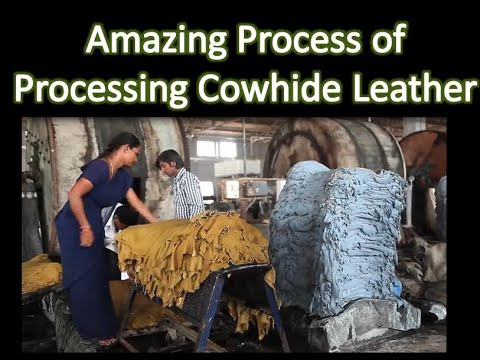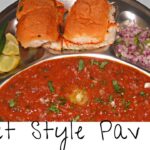Amazing Process of Processing Cowhide Leather Into Fashion Accessory.
source
The Amazing Process of Processing Cowhide Leather into Fashion Accessories
Cowhide leather has long been celebrated for its durability, versatility, and aesthetic appeal, making it a staple in the fashion industry. From handbags to jackets, the journey from raw hide to stylish accessory is a fascinating and intricate process. Let’s delve into the steps that transform cowhide into one of the most sought-after materials in fashion.
1. Sourcing the Raw Material
The journey begins on cattle farms, where cowhide is sourced from raised cattle. The quality of the hide depends on several factors including the breed of cattle, its diet, and overall health. After the animal is processed for meat, the hides are carefully removed. Ensuring that the hide is intact is essential for high-quality leather production.
2. Hair Removal and Curing
Once the hides are sourced, they undergo a meticulous process known as curing. This involves several steps:
- Hanging and Salting: Fresh hides are often salted to prevent decomposition. The salting process extracts moisture from the hide, ensuring its preservation until it can be processed.
- Hair Removal: The hides are then subjected to hair removal, which can be done using mechanical processes or through chemical methods. The goal is to create a smooth surface for further processing.
3. Tanning
Tanning is one of the most crucial steps in leather production. This process transforms raw, perishable hides into durable leather that can withstand the test of time. There are several tanning methods, including:
- Vegetable Tanning: Using natural tannins found in plants, this method is eco-friendly and results in a more rigid leather, often favored for its sustainable qualities.
- Chrome Tanning: This quicker method employs chromium salts, yielding a softer, more flexible leather that is popular in fashion accessories.
The choice of tanning method affects the leather’s color, texture, and overall characteristics.
4. Drying and Conditioning
After tanning, the leather must be dried. This step is vital as it ensures the leather retains its shape and properties. It can be air-dried, vacuum-dried, or drum-dried, depending on the desired outcome.
Once dried, conditioning is applied to soften the leather and enhance its suppleness. Oils and waxes are commonly used in this step, providing additional protection against wear and environmental elements.
5. Dyeing and Finishing
The next phase involves dyeing the leather to achieve desired colors and patterns. This can be done using:
- Aniline Dyes: These dyes penetrate deeply into the leather, showcasing its natural grain while providing vibrant colors.
- Pigmented Dyes: These sit on the surface, offering more protection and uniform color application.
Following dyeing, finishing processes like polishing, embossing, or applying protective coatings occur. These not only enhance the appearance but also provide additional durability.
6. Cutting and Crafting into Accessories
Once the leather is ready, it’s time to bring it to life! Skilled artisans carefully cut the leather into patterns based on the design of the accessory. Depending on the item—be it bags, wallets, or belts—various techniques are employed.
Sewing, stitching, and sometimes heat sealing are essential to assemble the pieces. Attention to detail is paramount, as quality craftsmanship is what differentiates a luxurious accessory from a mass-produced item.
7. Quality Control and Final Touches
Before an item is deemed ready for sale, it goes through rigorous quality control. This ensures that any defects are caught, and only the finest products make their way to consumers. Final touches, such as adding hardware or branding, are applied, perfecting the accessory’s look.
Conclusion
The transformation of cowhide leather into fashionable accessories is a testament to craftsmanship and innovation. From the careful sourcing of hides to the skilled artisans who bring designs to life, the process is an intricate dance of tradition and modernity. As consumers increasingly appreciate sustainable practices, the journey from cow to couture becomes even more significant, paving the way for a future where fashion and ethics coexist harmoniously. Whether you’re slipping on a leather jacket or toting a chic handbag, remember the incredible journey that cowhide undertakes to become a part of your style.


